
Enchanting Dhofar: Oman’s Hidden Gem
Discover Dhofar: A lush oasis in Oman renowned for its Khareef season, ancient ruins, and cultural richness, offering a unique escape from the desert heat.
Nestled in the southern part of Oman, the Dhofar Region is a captivating blend of natural beauty and rich cultural heritage. Known for its lush greenery, especially during the monsoon season, Dhofar offers a stark contrast to the arid landscapes typical of the Arabian Peninsula. The region is famous for its unique Khareef season, where the mountains are cloaked in mist and the valleys transform into verdant paradises, drawing visitors from all over the Gulf. Salalah, the capital of Dhofar, is a gateway to this enchanting region. It boasts a mix of ancient ruins, beautiful beaches, and bustling souks. The Al Baleed Archaeological Park offers a glimpse into the city's storied past, with ruins dating back to the 12th century. For a more contemporary experience, the Salalah Gardens Mall provides a modern shopping experience alongside traditional Omani hospitality. Beyond Salalah, the Dhofar Region is dotted with remarkable natural wonders. The stunning Wadi Darbat, with its waterfalls and lush scenery, is a must-visit, especially during the Khareef. The nearby Sumhuram ruins and the Frankincense Land Museum offer fascinating insights into the region’s historical significance and its role in the ancient frankincense trade. Whether you are exploring the serene beaches or trekking through the misty mountains, Dhofar promises an unforgettable journey.
Local tips in Dhofar Region
- Visit during the Khareef season (June to September) to experience the region's lush greenery and cool climate.
- Rent a 4x4 vehicle for easier access to remote natural attractions like Wadi Darbat and the Empty Quarter.
- Don't miss the local markets in Salalah for authentic Omani souvenirs, especially frankincense and traditional textiles.
- Try the local cuisine, including the famous Omani Shuwa, a slow-cooked lamb dish often served during special occasions.
- Carry light, breathable clothing along with a raincoat during the Khareef season due to the humid and misty weather.
Enchanting Dhofar: Oman’s Hidden Gem
Nestled in the southern part of Oman, the Dhofar Region is a captivating blend of natural beauty and rich cultural heritage. Known for its lush greenery, especially during the monsoon season, Dhofar offers a stark contrast to the arid landscapes typical of the Arabian Peninsula. The region is famous for its unique Khareef season, where the mountains are cloaked in mist and the valleys transform into verdant paradises, drawing visitors from all over the Gulf. Salalah, the capital of Dhofar, is a gateway to this enchanting region. It boasts a mix of ancient ruins, beautiful beaches, and bustling souks. The Al Baleed Archaeological Park offers a glimpse into the city's storied past, with ruins dating back to the 12th century. For a more contemporary experience, the Salalah Gardens Mall provides a modern shopping experience alongside traditional Omani hospitality. Beyond Salalah, the Dhofar Region is dotted with remarkable natural wonders. The stunning Wadi Darbat, with its waterfalls and lush scenery, is a must-visit, especially during the Khareef. The nearby Sumhuram ruins and the Frankincense Land Museum offer fascinating insights into the region’s historical significance and its role in the ancient frankincense trade. Whether you are exploring the serene beaches or trekking through the misty mountains, Dhofar promises an unforgettable journey.
When is the best time to go to Dhofar Region?
Iconic landmarks you can’t miss
Sultan Qaboos Mosque Salalah
Discover the stunning Sultan Qaboos Mosque in Salalah, a blend of Islamic artistry and Oman's rich heritage in a serene coastal setting.
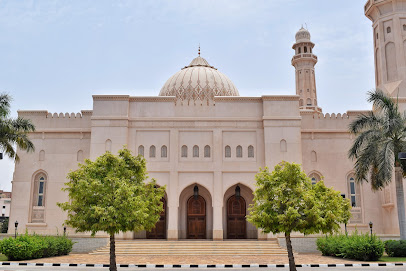
Ain Razat
Explore the breathtaking landscapes and tranquil beauty of Ain Razat, a natural gem in Salalah, Oman, perfect for nature lovers and adventurers.
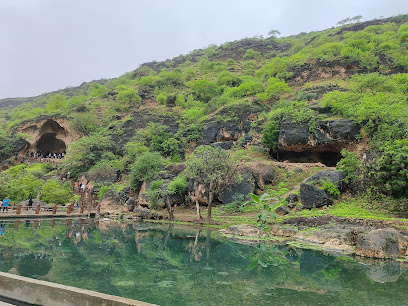
Khareef Heritage Village
Experience the vibrant culture and breathtaking beauty of Khareef Heritage Village in Salalah, Oman, during the lush Khareef season.
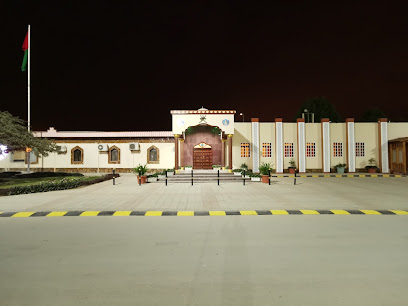
Darbat Waterfall
Experience the breathtaking beauty of Darbat Waterfall in Salalah, Oman, where nature's tranquility meets stunning landscapes.
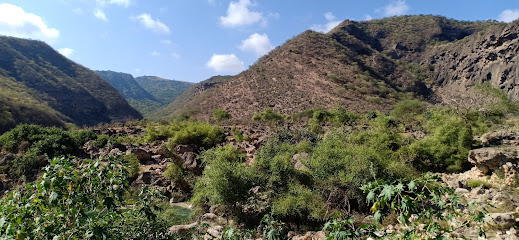
Ayn Athum Waterfalls
Explore the stunning Ayn Athum Waterfalls in Oman—where nature’s beauty and tranquility come together in a breathtaking cascade of water.
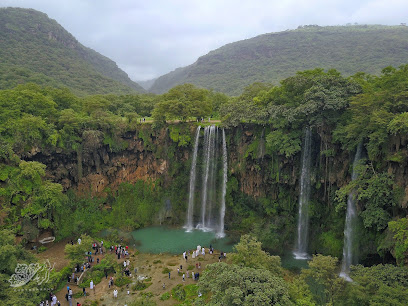
Ain Athum
Explore Ain Athum Park, a serene oasis in Taqah featuring beautiful waterfalls, lush greenery, and picturesque landscapes perfect for relaxation.
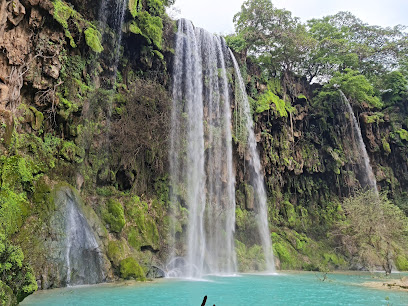
Ain Sahlounout
Explore Ain Sahlounout, a breathtaking tourist attraction in Salalah, rich in natural beauty and cultural significance, perfect for adventure and relaxation.
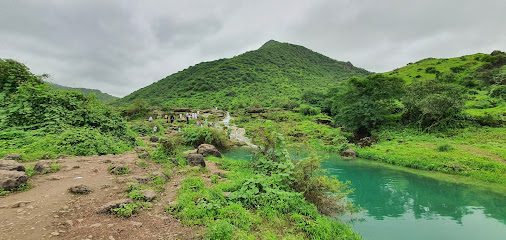
سهل أتين
Discover the breathtaking landscapes of Sahl Atin in Salalah, Oman - a must-visit destination for nature lovers and adventure seekers.

Salalah Public Park
Explore Salalah Public Park, a serene oasis of gardens and greenery in Oman, perfect for relaxation, family picnics, and nature walks.
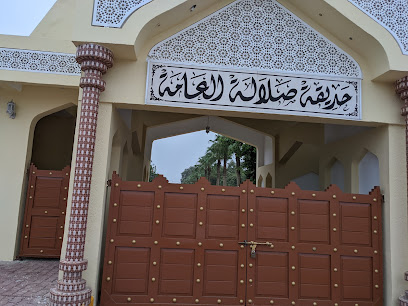
Mughsail Beach
Discover the stunning Mughsail Beach in Oman, a paradise of golden sands, dramatic cliffs, and vibrant local culture perfect for relaxation and adventure.
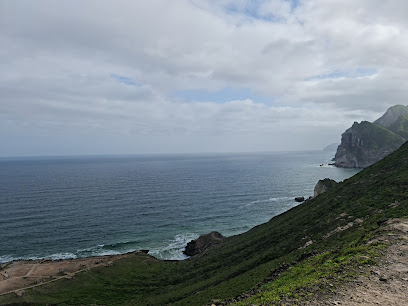
Ayn Korr
Discover the enchanting Ayn Korr in Salalah, Oman, a nature preserve with stunning waterfalls and lush landscapes perfect for adventurers and nature lovers.
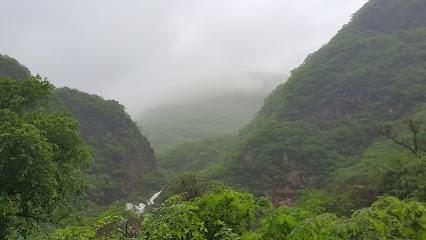
The Museum of the Frankincense Land
Discover Oman's rich history at The Museum of the Frankincense Land, where ancient artifacts and engaging exhibits bring the past to life.
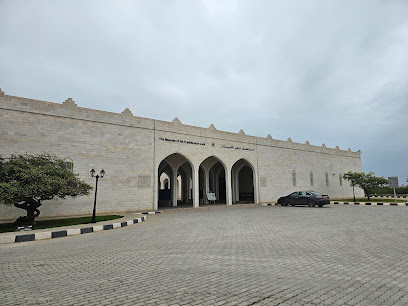
Taqah Castle
Explore the rich history and breathtaking views at Taqah Castle, an archaeological treasure in the heart of Oman.

Gravity Hill Salalah
Experience the wonder of Gravity Hill Salalah, where nature plays tricks on the senses, creating an unforgettable optical illusion in Oman’s stunning landscapes.
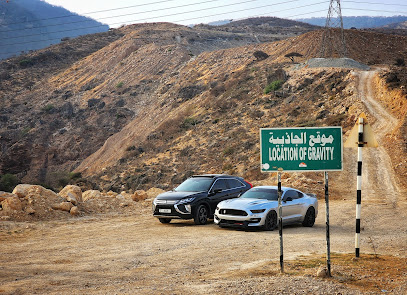
Al Baleed Archeological Park
Explore the wonders of Al Baleed Archaeological Park, a UNESCO World Heritage site in Salalah, where history meets stunning coastal beauty.
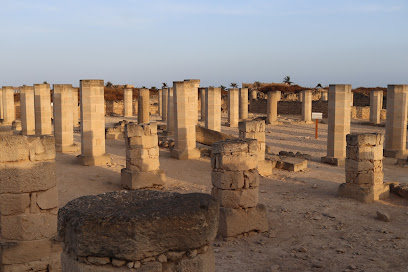
Unmissable attractions to see
Salalah Central Market
Explore the Salalah Central Market: A vibrant hub of Omani culture, flavors, and unique handmade crafts in the heart of Salalah.
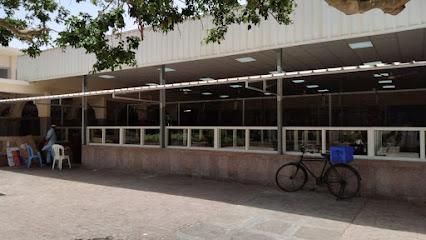
Ain Sahlounout
Explore Ain Sahlounout: A serene waterfall and cave retreat in Salalah, perfect for nature lovers and adventure seekers.
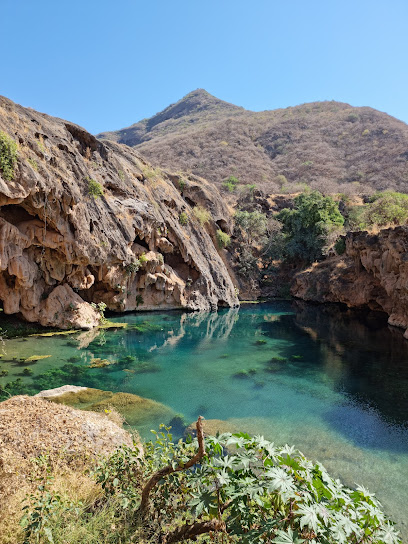
Salalah Public Park
Experience the tranquil beauty of Salalah Public Park, a lush green oasis perfect for relaxation, picnics, and family fun in the heart of Oman.
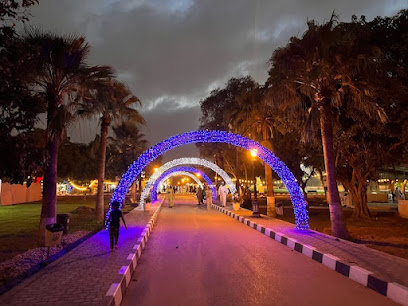
Ayn Korr
Discover the serene beauty of Ayn Korr, a stunning nature preserve in Salalah, Oman, with crystal-clear springs and lush greenery.
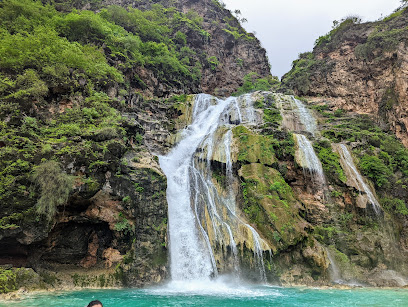
As Saadah Park
As Saadah Park: A tranquil escape in Salalah, where nature and community come together for relaxation and recreation amidst stunning landscapes.
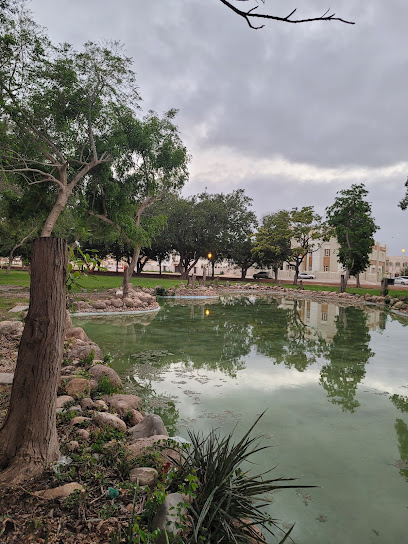
Gravity Hill Salalah
Experience the wonder of Gravity Hill in Salalah, Oman – an extraordinary optical illusion where gravity seems to defy itself amidst breathtaking landscapes.
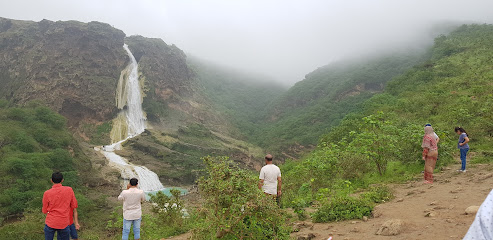
Al Baleed Archeological Park
Experience the rich history and breathtaking beauty of Al Baleed Archaeological Park, a UNESCO World Heritage site in Salalah, Oman.
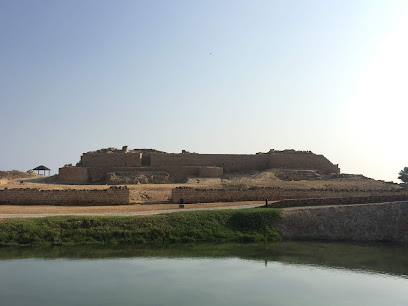
Nabi Imran Tomb
Discover the serene beauty and historical significance of Nabi Imran Tomb in Salalah, a must-visit for spiritual seekers and history enthusiasts alike.
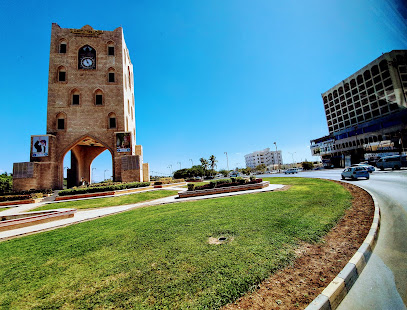
فعاليات عودة الماضي - الحافة
Explore the enchanting Heritage of the Past in Al Hafa, Salalah, where history, culture, and nature beautifully intertwine for an unforgettable experience.
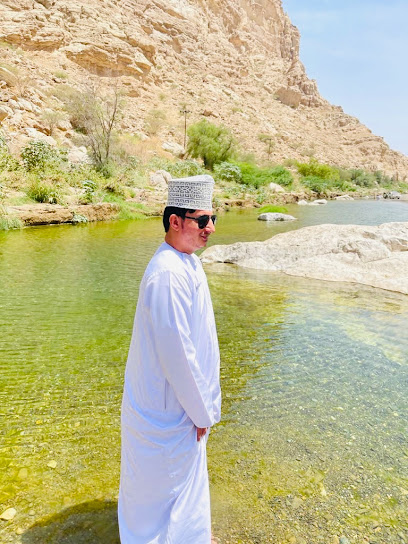
Ain Garziz
Experience the serene beauty of Ain Garziz, a hidden gem in Salalah, Oman, where lush landscapes meet tranquil surroundings for a perfect escape.
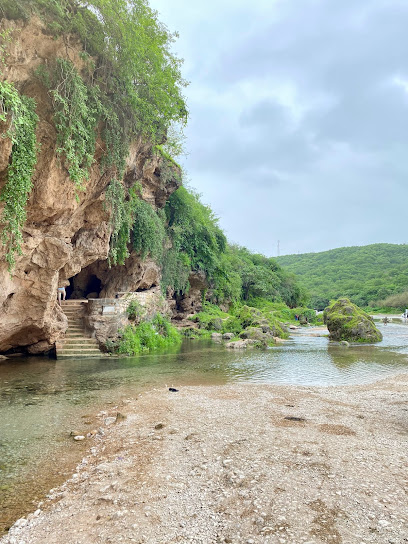
Wadi Naheez | وادي نحيز
Discover the stunning natural beauty of Wadi Naheez, a serene oasis in Oman perfect for adventure seekers and nature lovers.
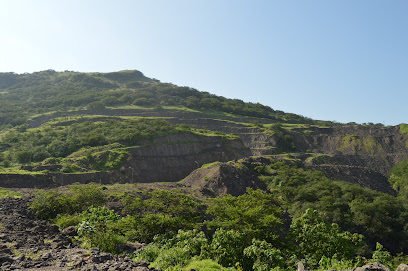
Natif Waterfalls | شلالات ناطف
Experience the breathtaking beauty of Natif Waterfalls in Hasik, Oman, a serene escape into nature's splendor perfect for adventure and relaxation.
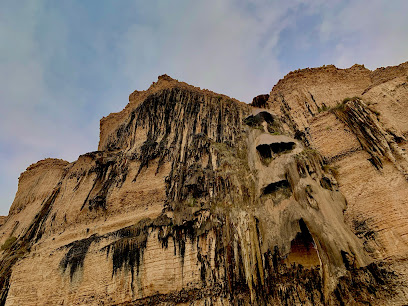
The crush of the Prophet Saleh's camel - دحقة ناقة النبي صالح
Explore the Camel Crush of Prophet Saleh in Salalah, Oman, a captivating blend of culture, history, and stunning natural beauty awaits you.
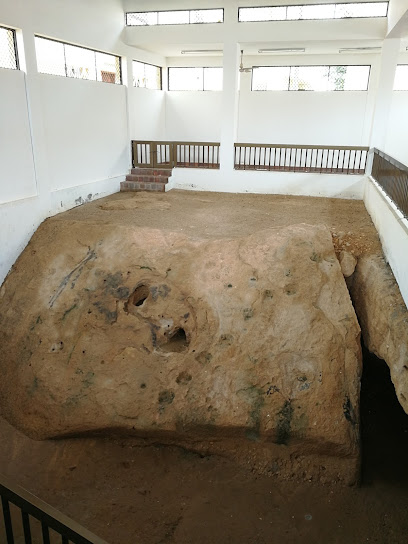
مزار سياحي منصة مشاهدة
Explore the breathtaking landscapes and rich cultural heritage at the stunning Manasah Tourist Attraction in Taqah, Oman.
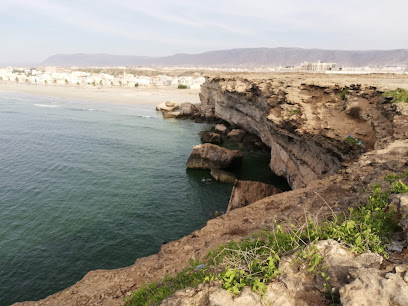
Qasr al-Hosn
Explore Qasr al-Hosn, a historic fort in Salalah, Oman, showcasing the region's rich culture and heritage through stunning architecture and exhibits.
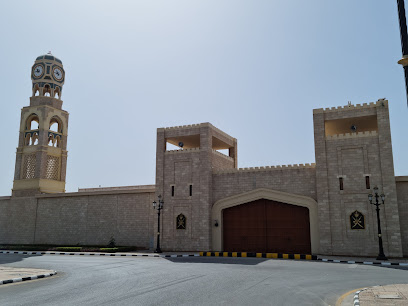
Essential places to dine
Al Qadri Restaurant
Discover authentic Omani cuisine at Al Qadri Restaurant in Salalah - a delightful experience awaits you!

L’AVENUE Park
Experience exquisite dining at L’AVENUE Park in Salalah – where local flavors meet international cuisine in a stunning natural setting.

Thumrait Palace Restaurant
Discover exquisite dining at Thumrait Palace Restaurant - where family-friendly ambiance meets fine culinary experiences in Oman.
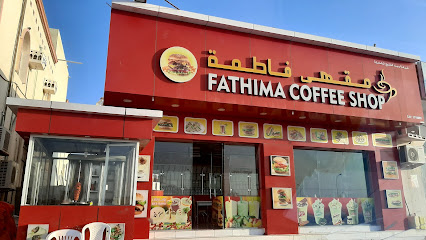
Rajbhog Restaurant
Experience authentic vegetarian cuisine at Rajbhog Restaurant in Salalah - where every dish is crafted with passion and tradition.
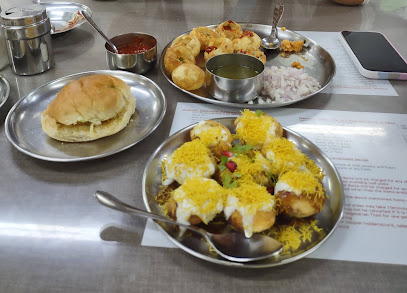
Al Kutaini Restaurant
Discover authentic Omani flavors at Al Kutaini Restaurant in Salalah – where tradition meets taste in every dish.
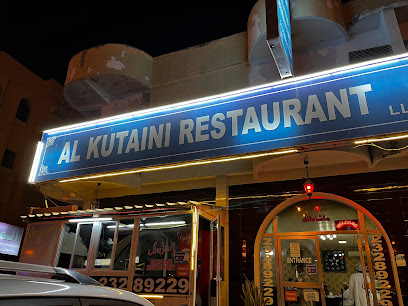
Ocean Blue Beach House
Experience exquisite dining with stunning ocean views at Ocean Blue Beach House in Salalah.
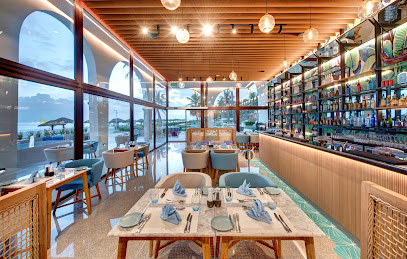
مطعم بن عتيق للمأكولات العمانية Bin Ateeq Omani Restaurant
Savor authentic Omani cuisine at Bin Ateeq Omani Restaurant in Salalah – a delightful journey through rich culinary traditions.

The Island Restaurant
Experience exquisite dining at The Island Restaurant in Salalah with ocean views and delectable cuisine inspired by local flavors.
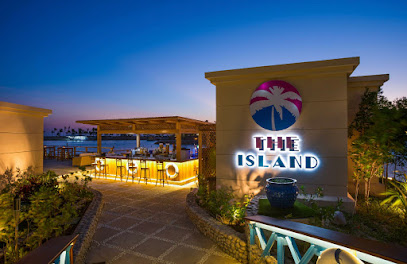
Al Mina Restaurant and Bar
Experience exquisite Mediterranean cuisine at Al Mina Restaurant and Bar in Salalah's luxurious Al Baleed Resort.
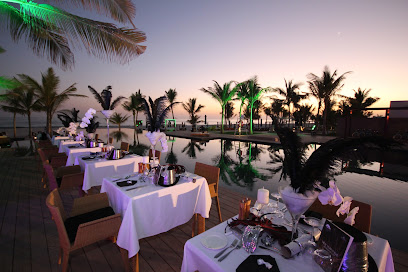
OM vegetarian restaurant
Discover the essence of Indian vegetarian cuisine at OM Vegetarian Restaurant in Salalah – where every dish tells a flavorful story.
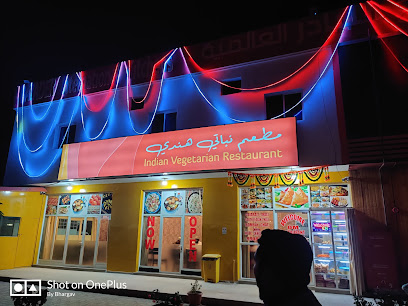
Rosalie Restaurant
Experience authentic Arabic cuisine at Rosalie Restaurant in Salalah - where every dish tells a story of Oman's rich culinary heritage.
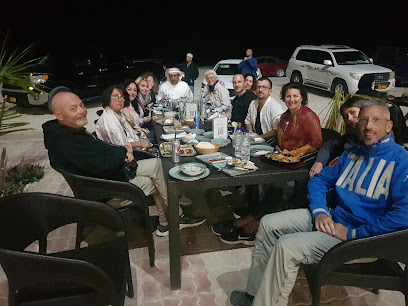
Dolphin Terrazza
Experience exquisite dining with stunning ocean views at Dolphin Terrazza in Salalah - where local flavors meet international cuisine.
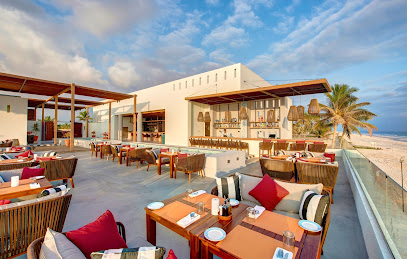
Mekong Restaurant
Experience authentic Southeast Asian cuisine at Mekong Restaurant in Salalah—where every dish tells a story of flavor and tradition.
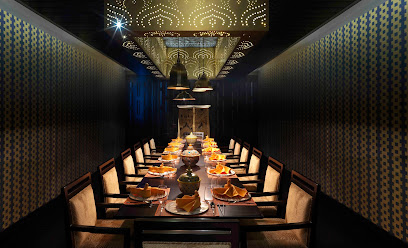
Sakalan Restaurant at Al Baleed Resort by Anantara
Experience exquisite dining at Sakalan Restaurant in Al Baleed Resort; where local flavors meet global culinary artistry amidst stunning views.
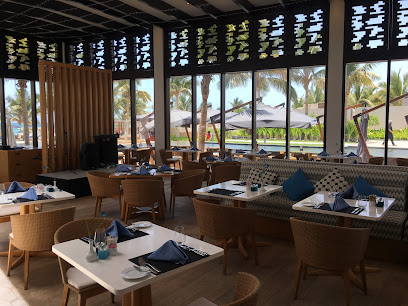
Sahel Salalah Modern Restaurant
Discover the flavors of Oman at Sahel Salalah Modern Restaurant - where tradition meets modernity in an inviting atmosphere.
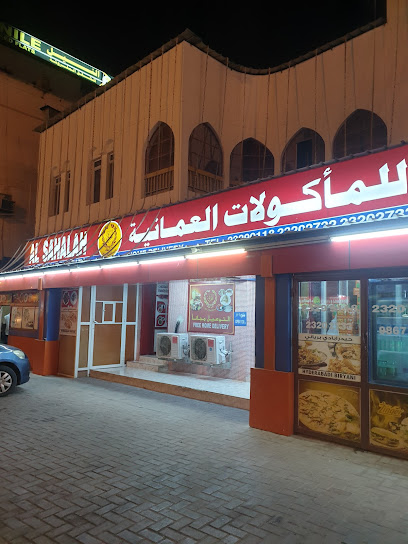
Markets, malls and hidden boutiques
LuLu Hypermarket - Salalah
Discover the ultimate shopping experience at LuLu Hypermarket in Salalah, blending local flavors and global trends in a vibrant retail environment.
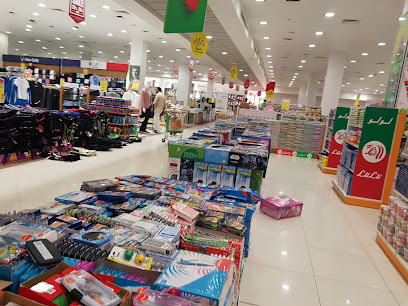
Alhosn Market
Experience the vibrant culture and flavors of Oman at Alhosn Market in Salalah, where traditional crafts and delicious cuisine await.
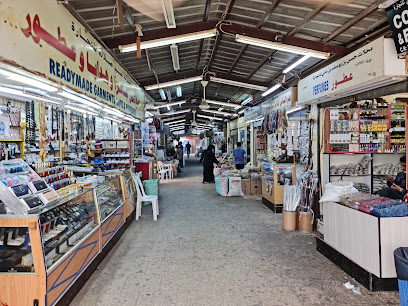
Salalah Central Market
Explore Salalah Central Market: a vibrant blend of culture, crafts, and local flavors awaiting every traveler in Oman's stunning landscape.
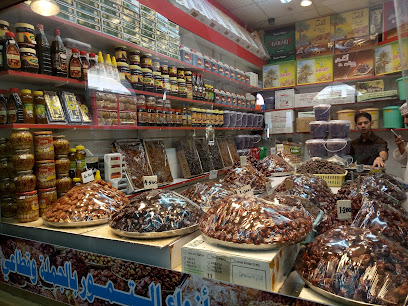
Salalah Gardens Mall
Discover a shopping paradise at Salalah Gardens Mall, where luxury meets entertainment in the heart of Oman.
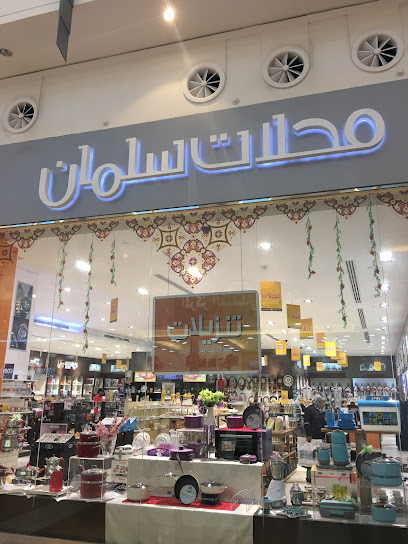
Salalah Grand Mall
Discover the vibrant shopping and dining experiences at Salalah Grand Mall, the ultimate destination in Salalah for tourists and locals alike.
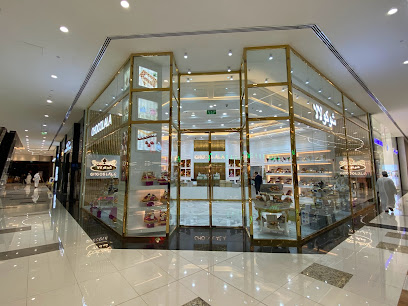
Oasis Mall
Discover the vibrant shopping experience at Oasis Mall in Salalah, where local culture meets international retail in a stunning setting.
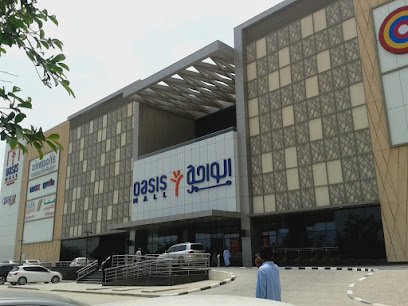
بيع النارجيل والموز
Discover the tropical delight of fresh coconuts and bananas at بيع النارجيل والموز, a must-visit fruit market in Salalah.
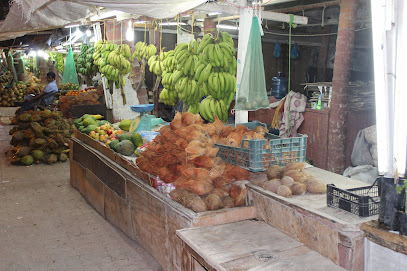
Al - Qawf Mart
Discover the vibrant shopping experience at Al - Qawf Mart in Salalah, where local culture meets modern retail.
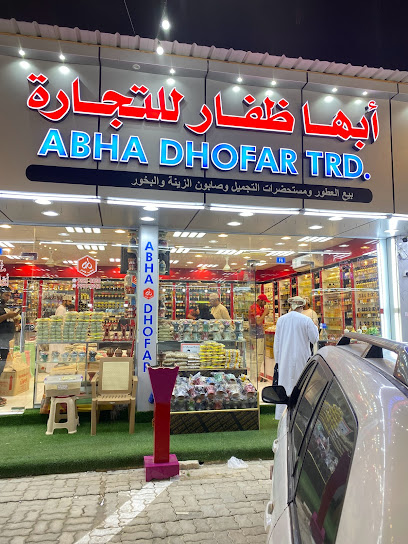
Nesto Hypermarket - Al Saada Branch
Discover Nesto Hypermarket - Al Saada Branch in Salalah, Oman, for a diverse shopping experience featuring local and international products in a vibrant atmosphere.
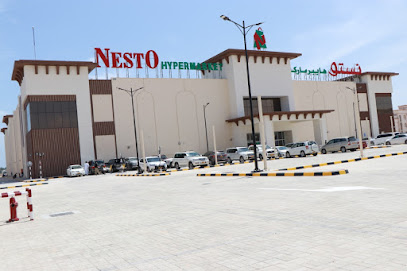
LuLu Hypermarket, Salalah Grand Mall
Experience diverse shopping at LuLu Hypermarket in Salalah Grand Mall, where local flavors meet international goods in a vibrant atmosphere.

Salalah Fish Market
Discover the vibrant Salalah Fish Market, a bustling hub of fresh seafood and local culture in the heart of Oman.
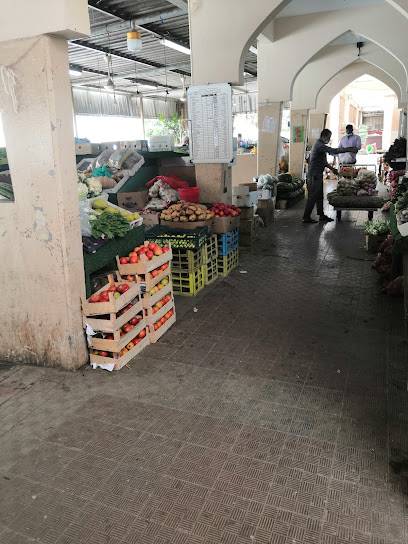
Sun Mart
Explore the vibrant shopping and dining options at Sun Mart in Salalah, Oman; a premier destination for every traveler.

Salman Stores Salalah Al Nahdah | محلات سلمان صلالة النهضة
Explore Salman Stores in Salalah for the finest home goods and kitchen supplies that reflect Omani craftsmanship and culture.
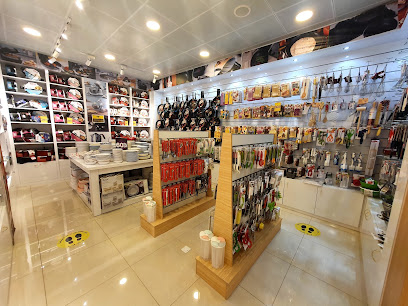
Souq Al hafa
Experience the vibrant culture and unique shopping at Souq Al Hafa in Salalah, where Omani heritage comes alive through local crafts and spices.
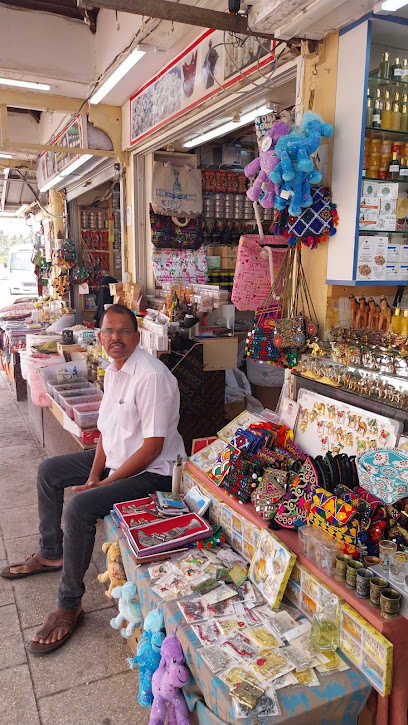
Athal Boulevard
Discover the vibrant blend of shopping, dining, and entertainment at Athal Boulevard in Salalah, Oman.
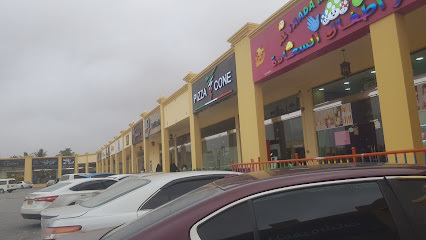
Essential bars & hidden hideouts
Tea Time
Experience the best of Omani cuisine at Tea Time, a cozy restaurant in Salalah that offers a unique culinary journey.
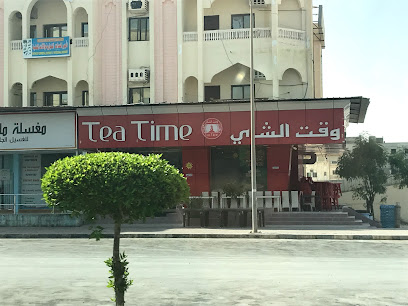
Oasis Club
Discover the vibrant Oasis Club in Raysut - a delightful bar, restaurant, and pub perfect for unwinding and socializing with friends.
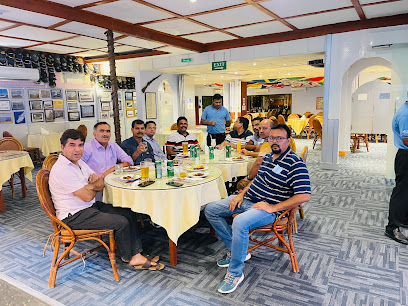
Ocean Blue Beach House
Experience exquisite Omani cuisine with stunning ocean views at Ocean Blue Beach House in Salalah, a must-visit dining destination.
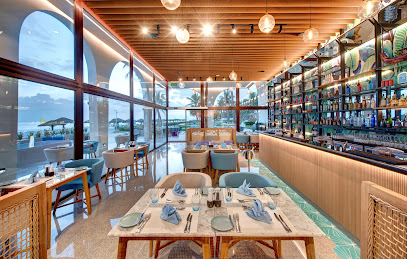
The Island Restaurant
Experience the culinary delights of The Island Restaurant, where exquisite flavors meet breathtaking ocean views in beautiful Salalah.
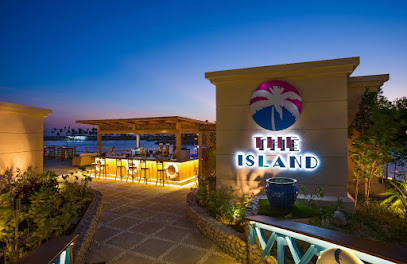
Al Mina Restaurant and Bar
Discover the Mediterranean delights at Al Mina Restaurant and Bar, where exquisite flavors and stunning views come together in a dining experience like no other.
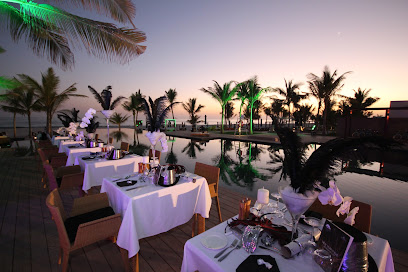
Dolphin Terrazza
Experience the culinary delights of Dolphin Terrazza, where exquisite dining meets stunning ocean views in Salalah.
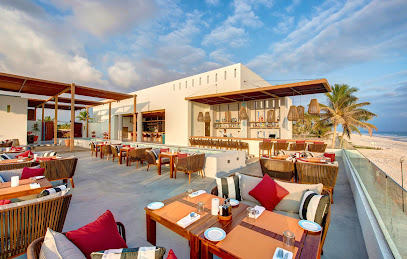
21 Lounge cafe & restaurant
Discover the relaxing ambiance and delightful flavors of 21 Lounge Cafe & Restaurant in Salalah, where culinary delights and hookah experiences await.
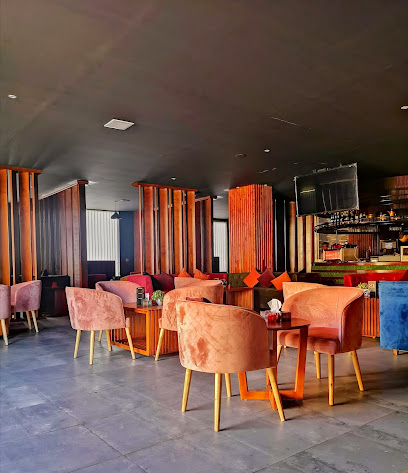
Whispers Night Club
Experience the vibrant nightlife of Salalah at Whispers Night Club, where music and dance create unforgettable memories in a lively atmosphere.
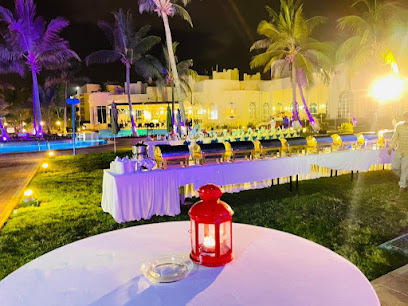
Mekong Restaurant
Discover the flavors of Asia at Mekong Restaurant in Salalah, where every dish tells a story of culinary excellence.
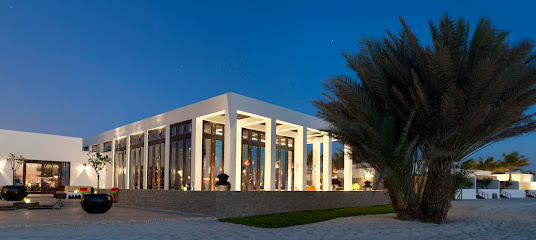
Sakalan Restaurant at Al Baleed Resort by Anantara
Discover the exquisite flavors of Oman and beyond at Sakalan Restaurant, nestled in Al Baleed Resort by Anantara.
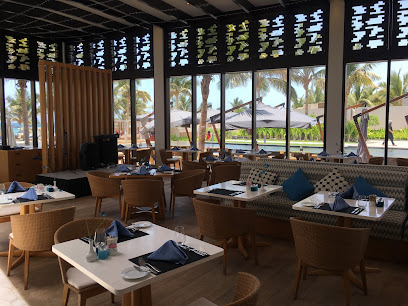
Zanzi bar
Experience the vibrant nightlife of Salalah at Zanzi Bar, where local culture meets refreshing drinks in a lively atmosphere.
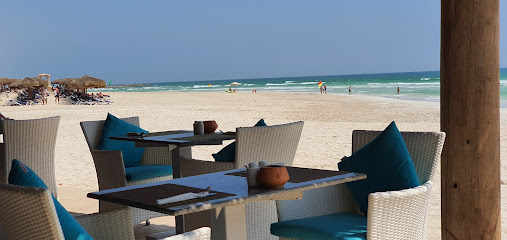
SeaSalt
Discover SeaSalt, a top dining destination at Alila Hinu Bay, offering exquisite flavors and stunning views of the Arabian Sea.
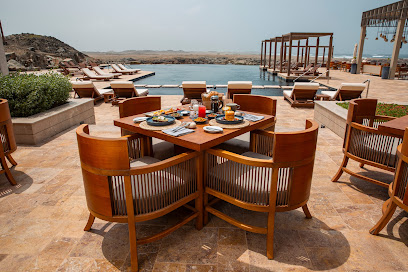
Al Khareef Pub
Discover the heart of Salalah at Al Khareef Pub, where local culture meets a lively atmosphere for an unforgettable experience.
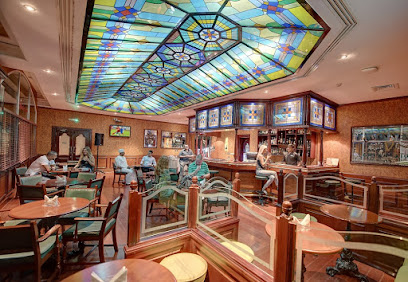
Gulan thattukada (ഗുലാൻ തട്ടുകട) Restaurant
Discover the essence of Omani flavors at Gulan Thattukada, a must-visit restaurant in Salalah offering traditional dishes in a welcoming atmosphere.
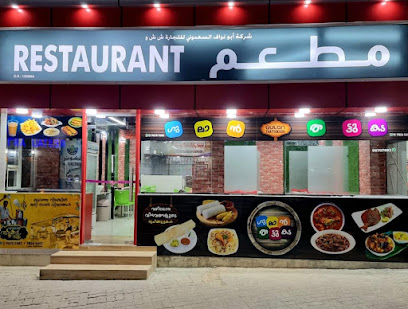
Cocos bar
Discover the vibrant nightlife at Cocos Bar in Salalah, where refreshing drinks and lively atmosphere await every visitor.
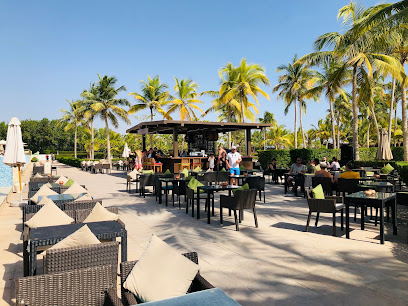
Local Phrases about Dhofar Region
-
- Helloمرحبا
[Marhaba] - Goodbyeوداعا
[Wadaa'an] - Yesنعم
[Naam] - Noلا
[La] - Please/You're welcomeمن فضلك
[Min Fadlik] - Thank youشكرا
[Shukran] - Excuse me/Sorryعذرا
[Aathir] - How are you?كيف حالك؟
[Kayfa Halik?] - Fine. And you?بخير. وأنت؟
[Bekheir. Wa ant?] - Do you speak English?هل تتحدث الإنجليزية؟
[Hal tatahadath al'Inglizia?] - I don't understandلا أفهم
[La afham]
- Helloمرحبا
-
- I'd like to see the menu, pleaseأريد أن أرى القائمة، من فضلك
[Areed an araa alqaima, min fadlik] - I don't eat meatأنا لا آكل اللحم
[Ana la aakol allahm] - Cheers!في صحتك!
[Fi sahtak!] - I would like to pay, pleaseأريد أن أدفع، من فضلك
[Areed an adfaa, min fadlik]
- I'd like to see the menu, pleaseأريد أن أرى القائمة، من فضلك
-
- Help!النجدة!
[Alnajda!] - Go away!ارحل!
[Irhal!] - Call the Police!اتصل بالشرطة!
[Itsal bialshurtah!] - Call a doctor!اتصل بطبيب!
[Itsal batabeeb!] - I'm lostلقد ضللت الطريق
[Lakad dalalt altareeq] - I'm illأنا مريض
[Ana mareed]
- Help!النجدة!
-
- I'd like to buy...أريد أن أشتري...
[Areed an ashtari...] - I'm just lookingأنا فقط أتفرج
[Ana faqat atfarruj] - How much is it?كم هو ثمنه؟
[Kam huwa thamanuh?] - That's too expensiveهذا غالي جدا
[Hatha ghali jiddan] - Can you lower the price?هل يمكنك خفض السعر؟
[Hal yumkinuk khaafid alsaa'r?]
- I'd like to buy...أريد أن أشتري...
-
- What time is it?كم الساعة؟
[Kam alsaa'a?] - It's one o'clockالساعة الواحدة
[Alsaa'a alwaahida] - Half past (10)الساعة العاشرة والنصف
[Alsaa'a al'ashirah wannahf] - Morningالصباح
[Alsubah] - Afternoonالظهر
[Althuhr] - Eveningالمساء
[Almasa] - Yesterdayأمس
[Ams] - Todayاليوم
[Alyawm] - Tomorrowغدا
[Ghadan] - 1واحد
[Waahid] - 2اثنان
[Ithnan] - 3ثلاثة
[Thalatha] - 4أربعة
[Arba'a] - 5خمسة
[Khamsa] - 6ستة
[Sitta] - 7سبعة
[Sab'a] - 8ثمانية
[Thamania] - 9تسعة
[Tasea] - 10عشرة
[Ashara]
- What time is it?كم الساعة؟
-
- Where's a/the...?أين...
[Ayna...] - What's the address?ما هو العنوان؟
[Ma huwa al'anaan?] - Can you show me (on the map)?هل يمكنك أن تريني (على الخريطة)؟
[Hal yumkinuk an tureeni (ala alkhareeta)?] - When's the next (bus)?متى يأتي الحافلة القادمة؟
[Mata yaati alhafilat alqadima?] - A ticket (to ....)تذكرة (إلى...)
[Tathkira (ila...)]
- Where's a/the...?أين...
History of Dhofar Region
-
Dhofar Region, particularly the city of Salalah, has been historically significant due to its role in the ancient frankincense trade. The region’s unique climate and geography allowed for the cultivation of the Boswellia sacra tree, the source of high-quality frankincense. This precious resin was traded across the ancient world, reaching as far as Rome, Greece, and Egypt, making Dhofar a crucial link in the incense trade routes.
-
Dhofar is often associated with the mystical Land of Punt, mentioned in ancient Egyptian texts. It is believed that the ancient Egyptians voyaged to this region to acquire luxury goods such as gold, ebony, ivory, and frankincense. The exact location of Punt remains a topic of debate among historians, but Dhofar's rich resources make it a likely candidate.
-
In ancient times, Dhofar was part of the Kingdom of Hadhramaut, which extended into present-day Yemen. The kingdom was known for its wealth, derived from the lucrative trade in frankincense and myrrh. Archaeological evidence, such as the ruins of the ancient city of Sumhuram near Salalah, showcases the region’s historical significance and its connections to the broader Arabian Peninsula.
-
The region is home to the Prophet Job’s Tomb, located in the mountainous area of Jebel Ittin. According to Islamic tradition, Job (or Nabi Ayoub) was a prophet who endured great suffering and remained steadfast in his faith. His tomb has become a pilgrimage site, attracting visitors who wish to pay their respects and seek blessings.
-
Al-Balid, an ancient port city near Salalah, played a pivotal role during the Dhofar Rebellion (1962-1976). This insurgency aimed to overthrow the Sultanate of Oman’s government, backed by external support from countries like Yemen and the Soviet Union. The conflict had significant cultural and political impacts on the region, leading to modernization efforts and increased government investment in Dhofar’s infrastructure.
-
The Qara Mountains and Jebel Samhan are not only geological landmarks but also hold immense cultural significance. These mountains are home to the nomadic Jibbali tribes, who have preserved their distinct language and traditions over centuries. Their way of life, including herding and traditional crafts, offers a glimpse into the region’s rich cultural tapestry.
-
Salalah, the capital of Dhofar, is renowned for its unique Khareef (monsoon) season, which transforms the arid landscape into a lush, green paradise. This seasonal phenomenon attracts tourists from across the Gulf region and beyond, eager to experience the cool, misty weather and the vibrant local festivals that celebrate the monsoon’s arrival.
-
Along the coast of Dhofar, the Al-Mughsail Blowholes are a natural wonder where seawater shoots up through openings in the limestone rock formations, creating spectacular fountains. This geographic feature has captivated visitors for centuries and is a testament to the region’s diverse and dramatic natural landscape.
Dhofar Region Essentials
-
The Dhofar Region is located in the southern part of Oman, with Salalah as its main city. The primary gateway to Dhofar is Salalah International Airport, which has direct flights from various Middle Eastern cities, as well as seasonal international flights. Alternatively, you can fly into Muscat International Airport and take a domestic flight to Salalah. For those who enjoy road trips, Dhofar can be reached by car from Muscat, a journey that spans approximately 1000 kilometers and takes around 10-12 hours.
-
In Salalah and the surrounding areas, renting a car is highly recommended for convenience and flexibility. Taxis are available but can be expensive for long distances. Public buses operated by Mwasalat connect Salalah with other major cities in Oman. Within Salalah, you can use local taxis, but make sure to agree on the fare beforehand as meters are not commonly used. Additionally, some hotels offer shuttle services to major tourist attractions.
-
The official currency in Oman is the Omani Rial (OMR). Credit cards are widely accepted in hotels, restaurants, and larger shops in Salalah. However, it's advisable to carry some cash for smaller establishments and markets. ATMs are readily available in Salalah, but it's a good idea to withdraw cash in the city before heading to more remote areas in the Dhofar Region.
-
Dhofar is generally safe for tourists, with low crime rates. However, standard precautions should be taken. Avoid walking alone at night, especially in unfamiliar areas, and always be aware of your surroundings. Petty theft, such as pickpocketing, can occur in crowded places like markets. It's wise to keep your valuables secure and not leave them unattended.
-
In case of emergency, dial 9999 for police, fire, or medical assistance. Salalah has several hospitals and clinics that provide emergency medical care. It's advisable to have travel insurance that covers medical emergencies. Pharmacies are available throughout the city for minor health issues, and many pharmacists speak English.
-
Fashion: Do dress modestly, particularly when visiting religious sites. Men and women should avoid wearing revealing clothing. Religion: Do respect local customs and traditions. When visiting mosques, dress conservatively and remove your shoes before entering. Public Transport: Do be courteous and offer your seat to elderly passengers. Don’t eat or drink on public transportation. Greetings: Do greet people with a handshake, but note that some locals may prefer not to shake hands with the opposite gender. A simple nod is also acceptable. Eating & Drinking: Do try local delicacies and accept food offerings graciously. Don’t refuse hospitality, as it is considered impolite.
-
To experience Dhofar like a local, visit the Al Husn Souq in Salalah for traditional Omani goods such as frankincense, perfumes, and handicrafts. Engage with locals who are often warm and welcoming. Don't miss visiting the Wadi Darbat for its stunning waterfalls and lush landscapes, especially during the Khareef (monsoon) season. For a unique experience, explore the historic ruins of Sumhuram and the ancient port city of Al-Baleed, both UNESCO World Heritage Sites.
Trending Landmarks in Dhofar Region
Nearby Cities to Dhofar Region
-
Things To Do in Mirbat
-
Things To Do in Ibri
-
Things To Do in Bahla
-
Things To Do in Nizwa
-
Things To Do in Rustaq
-
Things To Do in Al Ain
-
Things To Do in Abu Dhabi
-
Things To Do in Sur
-
Things To Do in Muscat
-
Things To Do in Sohar
-
Things To Do in Dubai
-
Things To Do in Mesaieed
-
Things To Do in Fujairah
-
Things To Do in Sharjah
-
Things To Do in Al Wakrah













